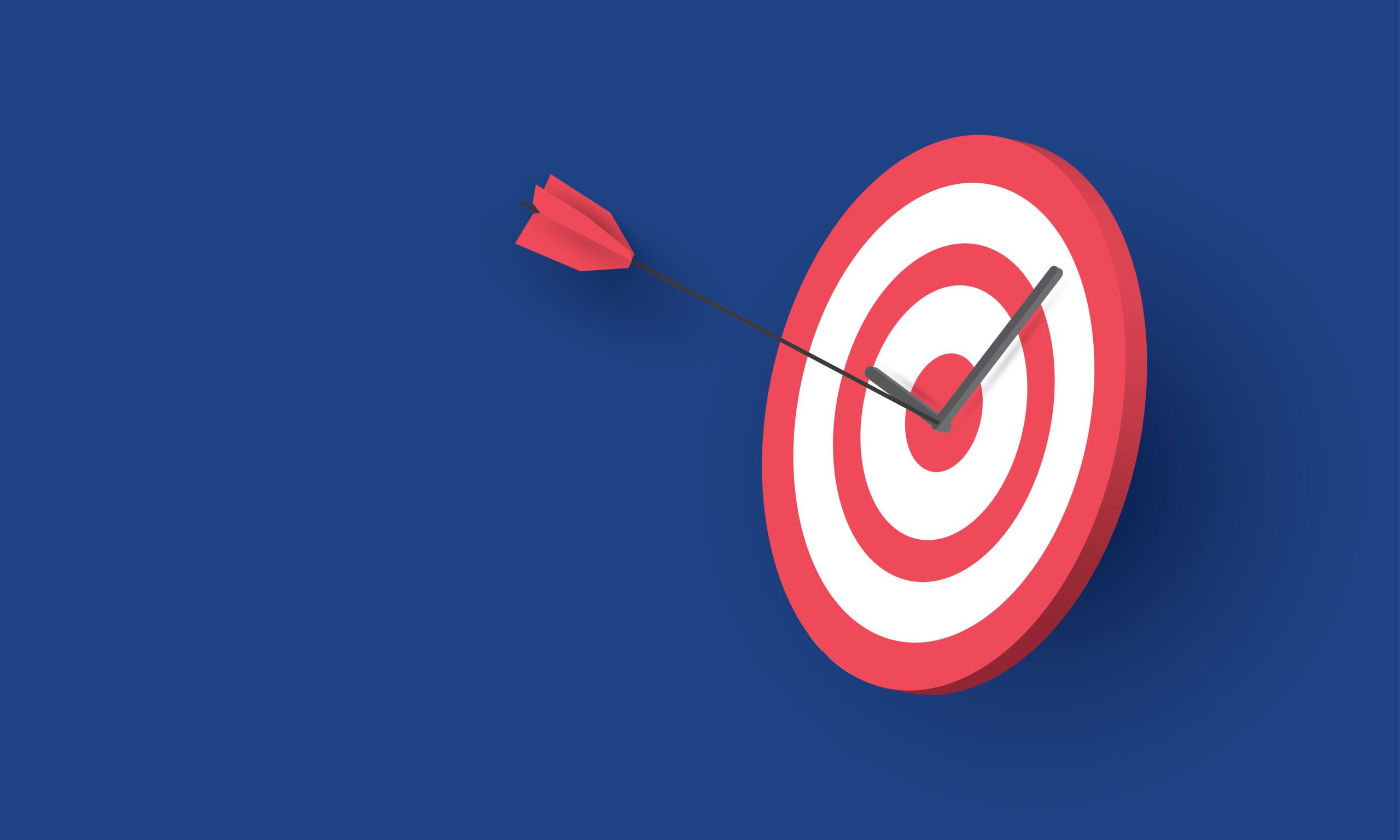As the dual eligible population grows, Dual Eligible Special Needs Plans (D-SNPs) are also experiencing tremendous growth across the country. CMS reports that as of February 2022, D-SNPs are operating in 45 states and have upwards of 3.8 million beneficiaries. The growth is primarily driven by these factors:
- Choice of Medicare Advantage over traditional Medicare due to benefits and population health flexibilities
- Provider understanding of these plan benefits, a common thread of some of the fastest growing new entrants
- Recent increased acceptance of managed care for this population
- State and federal attention on ways to better manage care for vulnerable Medicare beneficiaries
- State and federal policies that embrace well-run managed care, highlighting an opportunity for health plans with existing Medicaid lines of business that are considering expanding into Medicare offerings, including D-SNPs
While growth in D-SNPs is rapid, the offerings across states and health plans vary tremendously due to different requirements at the state level. For example, the differences between a non-fully integrated D-SNP and a fully integrated D-SNP (FIDE-SNP) determine whether Medicaid benefits are going to be fully intertwined and managed by the same managed care entity as the Medicare D-SNP covered services. Depending on which state(s) a plan is operating in, there could be a different paradigm to their approach such as Medicare-Medicare Plan (MMP) in states that opt in to running a three-way contract with CMS as part of the Financial Alignment initiative.
From a plan perspective, understanding what’s essential to the care model and adapting it to resource availability in each state requires having technology in place that enables flexibility. Depending on the state where a plan operates, there will be significant fluctuations in diversity which makes personalization and customization necessary to work in lockstep with state regulators. And regardless of the state, there’s also a certain amount of coordination as specified in state Medicaid agency contracts, such as specific protocols and population health interventions that are part of the CMS model of care proof.
Within the context of modern technology, care management technology is key to improving population health especially as it relates to the D-SNP population. HealthEdge’s GuidingCare is a next-generation technology platform that supports a health plan’s patient-centric model of care and is currently used in 29 states to help manage this complex population. These plans use GuidingCare service plans and script forms to meet the varying requirements in the different markets.
HealthEdge is fluent in the needs of state-sponsored programs serving the most vulnerable and high-risk populations. The GuidingCare platform integrates with both findhelp and Healthify to seamlessly connect members with services they need to address social determinants of health (SDOH) challenges. Plans that rely on GuidingCare can maximize coordination and member engagement for improved STAR ratings, better health outcomes, and increased member satisfaction.
Learn more about GuidingCare for Dual Eligible Special Needs Plans (D-SNP) here.






